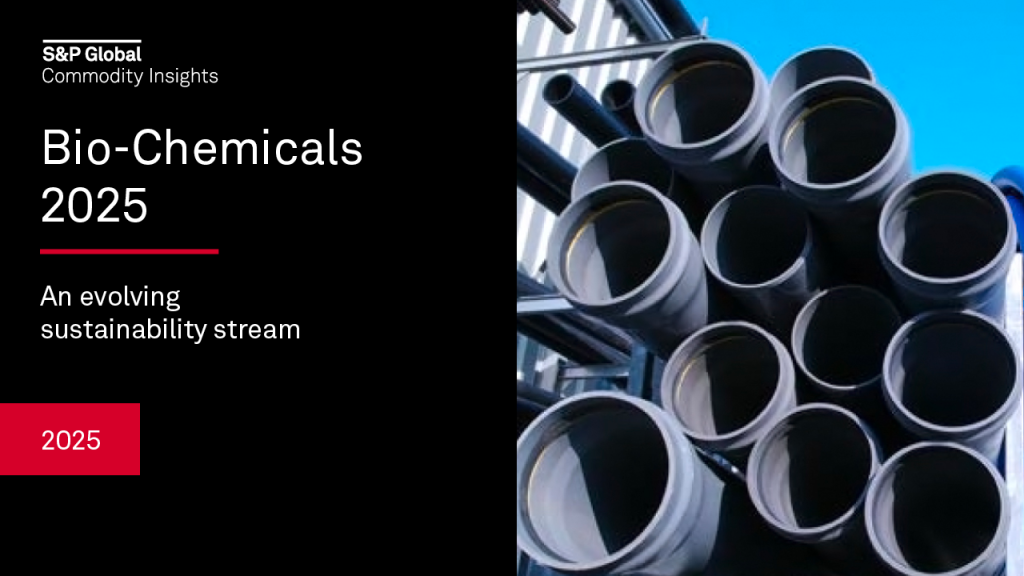Efficiency Equation
Energy is misused and wasted in buildings every day. The problems range from the obvious — lights left on and fans running — to the perplexing — stuck dampers and miswired sensors. The waste is costing building owners money and unnecessarily emitting tons of greenhouse gases.
Solving these operations issues could yield a considerable savings. According to the U.S. Environmental Protection Agency (EPA), existing buildings can reduce their energy use by up to 25 percent. A good portion of those savings could come from making sure building systems are operating efficiently.
This means significant investment in new technology is only one way to cut energy costs. Making sure building systems run as efficiently as possible could offer no- or low-cost savings that could help pay for larger investments and greater efficiencies.
EPA’s Energy Star Buildings Partnership program, a voluntary program to help facilities reduce energy and cut pollution, recognizes a number of Partners each year who have made significant energy reductions. And increasingly, successful Partners are focusing on operations of their building systems and saving hundreds of millions of kilowatt-hours each year. Some of this year’s award winners are being singled out for helping to reduce energy when efficiency was most needed — last year in California.
What these companies and all the winning Partners have shown is that while technology plays an important role in reducing energy and pollution, investment in technology without a well-trained staff and solid operation and maintenance program could be shortchanging the bottom line.
It All Adds Up
As a two-time Energy Star Partner of the Year, Arden Realty could write the building owner’s book on energy efficiency. The largest owner of Southern California properties with 20 million square feet of space, Arden also has gained special recognition with 35 Energy Star Building Labels in California.
To earn an Energy Star Building label, the building must be in the top 25 percent of comparable buildings nationwide in terms of energy efficiency. The building’s energy use data is plugged into a software program available free at the Energy Star Web site, and energy intensity of the building is calculated and scored. Buildings receive the awards after the data has been verified.
But energy efficiency is not about awards, says Robert C. Accomando, director of operations for Arden; it’s about numbers. And the numbers must add up to a reduction in energy and pollution without subtracting from the bottom line.
By carefully monitoring building systems and constantly fine tuning equipment, Arden has saved 50 million kilowatt-hours of electricity a year. Arden has reduced its power use from 24 kilowatt-hours per square foot per year to 16, avoiding nine megawatts of demand in power-strapped California.
Accounting for Energy
The key is a benchmarking system — an energy account — that lists every piece of equipment, along with why it needs to be used, when it’s operating and what its peak and off-peak loads are. From this, Accomando draws an energy profile for the building that includes kilowatt-hours consumed and kilowatt demand across two years. “We like to take advantage of whatever tools are available,” Accomando says.
In California, for instance, Title 24 provides a lot of information on developing an energy efficient building envelope — roofing, insulation and windows — but not on mechanical and electrical systems. So Arden developed its own benchmarking system for these building systems.
Knowing how a building stands up as a column of numbers is also critical to Hines, a developer and owner of office properties. To date, Hines has benchmarked 93 percent of its eligible Energy Star buildings and has received 37 Energy Star Building labels, says Andrew Kitchens, senior manager of engineering services, Hines.
More importantly, through the Energy Star program, Hines has identified energy savings in its labeled buildings that are 24 percent greater than the baseline rating for an Energy Star Building Label.
Hines, however, sees as much value in taking a building from a rating of 52 up to a rating of 72 — even though the building doesn’t receive a label — as it does in improving a building’s rating from 72 to 76 and receiving a label, Kitchens says.
When Hines first benchmarked its buildings with Energy Star, they had a total average score of 61.35. Today, with more than 100 buildings in the program, the rating has been improved to 67.13.
People and Technology
But numbers only illustrate the results of the facility staff’s efforts. To develop an energy efficient facility requires a partnership between people and technology. Proper operations and maintenance, and a well-trained and aggressive staff, are what help good technology reach its potential.
Reading the numbers and fostering this partnership is a way of life for Barry Abramson, vice president of engineering for Servidyne Systems, LLC. His company was an early adopter of benchmarking and found Energy Star Buildings program a natural progression. Through proper operations and maintenance, Abramson says, facilities can make significant energy cuts.
For example, by making sure equipment operates only when it has to, resetting controls on economizers to work properly and making other controls-related adjustments, he says, his staff was able to cut energy use by 22 percent in one building. Because many of these improvements didn’t require investments in equipment, Servidyne reaped free savings.
These “free” savings aren’t actually free, however. They do require an investment. “There is a price to pay,” Kitchens says, “and that price is in the development of skilled, well-trained and dedicated energy managers.”
It’s important that facility and engineering managers take ownership in the building. Having the leadership and skill to incorporate change is key. “They must have access to good operating data and must possess the vision and willingness to think outside of the box to see how the operations might be changed,” Kitchens says.
The industry is now coming around to recognize the significant effect operations and maintenance can have on energy use, says Paul von Paumgartten, director of energy and environmental affairs for Johnson Controls’ Controls Business. “Technology is only part of the solution. Ongoing maintenance and operations are critical elements of an energy efficiency strategy.”
Johnson Controls has benchmarked 116 buildings around the country for the Energy Star Building Label program. For these and other efforts, the company has earned two Energy Star Partner awards.
A 15 to 25 percent reduction in energy use is possible through improved operations of building systems, von Paumgartten says. And attention to operations and maintenance has helped Johnson Controls’ customers save 32 million kilowatt-hours in Southern California alone last year.
The U.S. Green Building Council recognizes that many buildings could benefit by applying solid energy efficient operations and maintenance and is developing a new green building rating system, LEED for Existing Buildings, says von Paumgartten, who is also committee co-chair for the USGBC’s LEED Steering Committee. LEED for Existing Buildings is a follow up to LEED 2.0 for new construction and major renovations.
The draft of LEED (Leadership in Energy and Environmental Design) for Existing Buildings incorporates many of the specifications set by the Energy Star Building Label program. Nearly 40 percent of the credits needed for a rating are energy related. But LEED for Existing Buildings offers a template for operating and maintaining buildings in a way that goes beyond energy efficiency to address environmental issues.
“When you really get down to the benefits of operating and maintaining your building in both an energy efficient and environmentally beneficial way, the certification is actually a secondary benefit,” von Paumgartten says. “The cost benefit will be so great the building owners will want to keep using LEED for Existing Buildings as an ongoing process.”
Making the Connection
Attention to the connection between energy efficiency and operations and maintenance has been increasing because building owners are finding that problems with how systems are operated are endemic in many buildings, Abramson says.
“Problems are due to mistakes in the design, installation and operation of a system,” Abramson says. And unless someone really looks closely at each piece of equipment and how it is operating, no one may know the difference, he says.
A case in point is a major office building in which Servidyne worked. The VAV cooling system was backed up with a perimeter heating system using electric panels, Abramson says. Control of the panels was through individual thermostats tied back into the cooling system. Commissioning revealed that the panel interfaces were all disconnected. As a result, the panels were heating the air when the chillers were cooling it, and they remained on all night.
When it comes to energy performance, staff attitude is crucial. When Hines took over management of one major owner-occupied facility, the engineering staff of the facility was accustomed to thinking of themselves and operations as secondary to other business activities. One of Hines’ top priorities was changing this attitude.
“We had to get them to understand that they were the key to developing an energy efficient building,” Kitchens says.
Arden’s Accomando put it more succinctly: “What goes in, comes out.”
—————-
By David Kozlowski, senior editor, Building Operating Management. © 2001 Trade Press Publishing Corporation.









